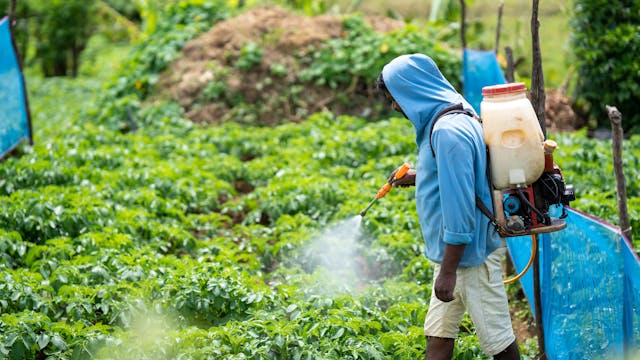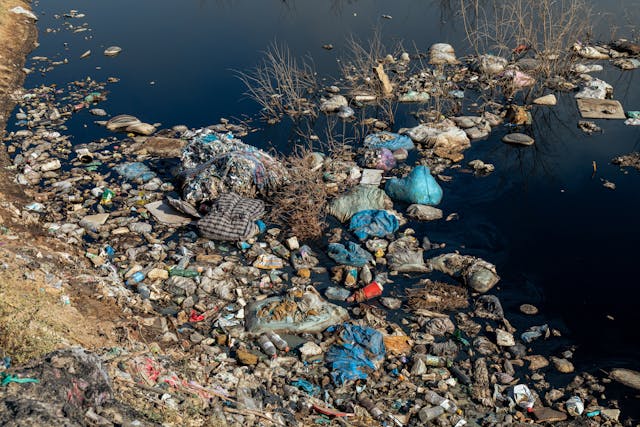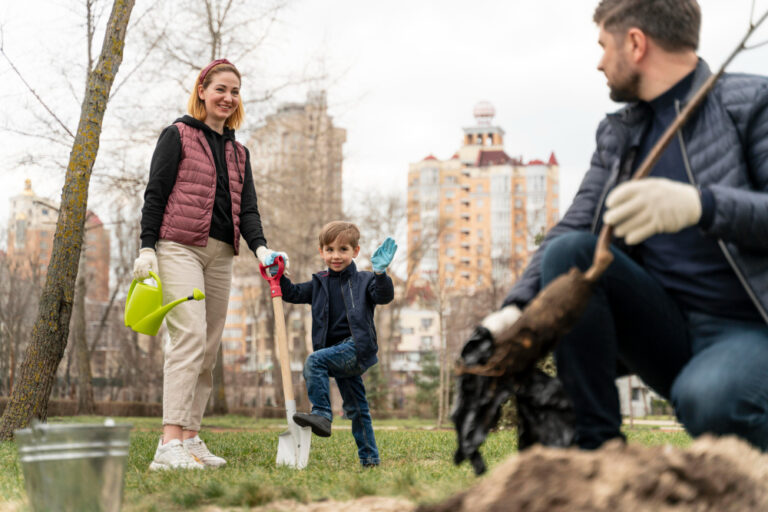I’ll never forget walking into a customer’s Alexandria home during my training in 2015. Less than a quarter mile from the owner’s house, we discovered something that changed how I think about pest control entirely. A small bulge in the window sill triggered our suspicion. When we investigated the crawlspace, we found years of termite damage that could have been prevented with early detection and low-impact intervention.
That experience taught me something crucial: the most effective pest control isn’t about using the strongest chemicals. It’s about understanding the ecosystem around your home and working with it, not against it.
As a third-generation pest control professional serving the DC Metro area since 1968, I’ve seen the industry evolve dramatically. Today, I want to share five changes you can make to protect your family and environment while still keeping your home pest-free.
Why Lower Impact Pest Control Matters
Traditional pest control often relies on broad-spectrum pesticides that can harm beneficial insects, contaminate groundwater, and pose unnecessary risks to children and pets. According to the Environmental Protection Agency, Integrated Pest Management (IPM) represents “an effective and environmentally sensitive approach to pest management that relies on a combination of common-sense practices.”
The Centers for Disease Control and Prevention defines IPM simply: “don’t attract pests, keep them out, and get rid of them, if you are sure you have them, with the safest, most effective methods.”
Change 1: Start with Exclusion, Not Extermination
The Old Way: Spray first, ask questions later.
The Better Way: Seal entry points and eliminate access routes.
Exclusion means making your home physically uninviting to pests. This includes sealing cracks around foundations, installing door sweeps, and repairing damaged screens. During my time serving customers in Old Town Alexandria, I’ve seen how effective simple exclusion can be for rodent problems.
What does the science say? Research shows that exclusion methods provide long-term results without any chemical input. Unlike pesticides that need reapplication, proper exclusion work lasts for years.
Additionally, exclusion forces you to understand why pests are attracted to your home in the first place. This knowledge becomes invaluable for preventing future problems.
Change 2: Choose Products with Lower-Impact Active Ingredients
The Old Way: Using restricted-use pesticides as a first resort.
The Better Way: Selecting materials like Alpine WSB, EcoVIA, and Essentria.
Not all pest control products are created equal. Modern formulations use active ingredients that break down more quickly in the environment and pose fewer risks to non-target species.
Alpine WSB, for example, uses dinotefuran, which is highly effective against target pests but has a shorter environmental persistence than older chemistries. EcoVIA incorporates essential oils that are naturally derived yet scientifically proven effective.
What does the science say? The National Research Council notes that biological-control products generally have “negligible toxicity to humans” while maintaining effectiveness against target pests.
Because these products work differently than traditional pesticides, they often provide control where resistance has developed to older chemistries.
Change 3: Embrace Self-Contained Baiting Systems
The Old Way: Broadcast spraying that affects entire areas.
The Better Way: Targeted systems like IN2Care mosquito traps and Sentricon termite monitoring.
Self-contained baiting systems represent a major advancement in pest control technology. These systems deliver control agents only to target pests, dramatically reducing environmental exposure.
I’ve personally helped over 100 customers with termite-related requests, and Sentricon has proven highly effective when used proactively. The system monitors for termite activity and only activates when needed.
What does the science say? Baiting systems align with IPM principles by monitoring pest populations and responding with precision rather than prevention through broad application.
For mosquitoes, my own backyard had issues due to vegetation and moisture problems. Our mosquito program was developed through trial and error in my yard, ultimately finding that IN2Care traps combined with targeted vegetation treatment disrupted breeding cycles effectively.
Change 4: Time Your Treatments to Protect Beneficial Species
When treating for mosquitoes, avoiding flowering bushes protects pollinators that visit during peak activity periods. Similarly, timing applications for early morning or evening hours reduces exposure to beneficial insects.
This approach requires more planning but significantly reduces collateral damage to the ecosystem around your home. Many homeowners are finding that pest control that emphasizes environmental stewardship often produces better long-term results than conventional methods, especially when timing applications around pollinator activity.
What does the science say? The EPA and CDC joint statement on mosquito control emphasizes that “EPA encourages nonchemical mosquito prevention efforts” and supports timing applications to minimize environmental impact.
Basically, working with natural patterns rather than against them improves both effectiveness and environmental outcomes.
Change 5: Address Root Causes Through Environmental Management
The Old Way: Treating symptoms repeatedly without addressing underlying issues.
The Better Way: Eliminating conducive conditions like excess moisture, vegetation against structures, and wood-to-ground contact.
This represents the most fundamental shift in thinking about pest control. Instead of asking “How do we kill the pests?” we ask “Why are they here in the first place?”
During an annual termite inspection, I look for moisture problems, wood debris near foundations, and overgrown vegetation. These conditions don’t just attract termites – they create environments where many pest species thrive.
What does the science say? The CDC notes that IPM’s foundation is “managing the environment to eliminate pest access to food, water, and shelter.”
Especially in our humid DC Metro climate, moisture management alone can prevent numerous pest problems before they develop.
Making the Switch: What to Expect
Transitioning to lower-impact pest control requires adjusting expectations. These methods often work more slowly than traditional approaches but provide longer-lasting results.
For severe infestations where immediate action is necessary, we might combine lower-impact methods with targeted conventional treatments. The goal is reducing overall pesticide use while maintaining effective control.
Timeline considerations:
- Exclusion work provides immediate results but may take weeks to show full effectiveness
- Baiting systems typically show results within 30-90 days
- Environmental management provides gradual improvement over months
Environmental Stewardship Starts at Home
Lower-impact pest control isn’t just about reducing pesticide use – it’s about understanding your home as part of a larger ecosystem. When we work with natural processes instead of against them, we often achieve better long-term results while protecting the environment our families depend on.
These five changes represent practical steps any homeowner can take immediately. Start with one or two approaches and gradually incorporate others as you become more comfortable with the process.
The most rewarding part of my career has been showing families that effective pest control doesn’t require compromising their values or their children’s health. With the right approach, you can have both protection and peace of mind.




